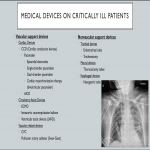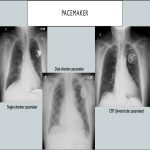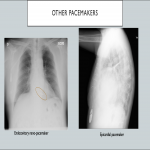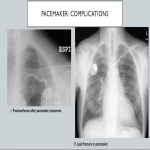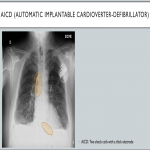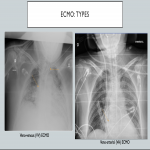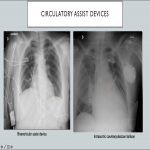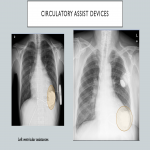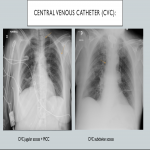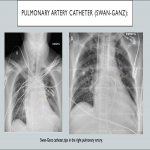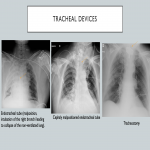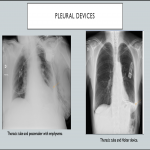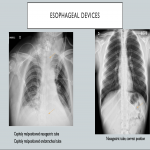Type:
Educational Exhibit
Keywords:
Cardiac, Mediastinum, Thorax, Plain radiographic studies, Arterial access, Catheters, Complications, Cardiac Assist Devices, Haemodynamics / Flow dynamics
Authors:
T. Cobo Ruiz, D. Castanedo Vázquez, D. Herrán de la Gala, P. Menéndez Fernández-Miranda, A. Pérez del Barrio, P. Sanz Bellón, E. Peña Gómez
DOI:
10.26044/ecr2022/C-13256
Background
Chest radiographs are the most common imaging investigations undertaken in intensive care units because of their importance in evaluating the cardiorespiratory system; and obtaining a daily chest radiograph is standard practice in critically ill patients. Besides, any change in the patient’s condition, an intervention, as well as immediate imaging for all patients who have undergone placement of different devices can lead to several more studies.
Therefore, the development of intensive care units and the advances in the treatment of those patients, have greatly increased the number of examinations performed at the patient’s bedside using portable chest radiography, and many of these studies require evaluation of these devices. Our role as radiologists is to accurately identify these devices and to evaluate them for any complications.
In this poster we will rather make a categorized approach to provide a quick reference for easier identification of these devices, dividing them in vascular support and nonvascular support devices.


